Summary
Visitors can enjoy hiking, camping, and picnicking in the nearby Cossatot River State Park. For fishing success, try using live bait and fishing around underwater structures such as fallen trees. The best time of year to visit is in the spring or fall when temperatures are mild, averaging around 60-70 degrees Fahrenheit.
Fish Species
Weather Forecast
Nearby Streamflow Levels
Angling Safety Guidelines
Check local fishing rules, seasons, size limits, and license requirements to ensure legal and sustainable angling.
Handle Fish Responsibly
Use wet hands, minimize air exposure, and release fish gently to improve survival rates when practicing catch-and-release.
Choose the Right Gear
Match your rod, line, and tackle to the species and conditions to increase success and reduce unnecessary harm to fish.
Respect the Waterway
Avoid disturbing habitat, prevent bank erosion, and keep a safe distance from spawning areas to protect ecosystems.
Keep It Clean
Pack out all line, hooks, bait containers, and trash—discarded gear can injure wildlife and degrade waterways.
Related Links
Area Campgrounds
| Location | Reservations | Toilets |
|---|---|---|
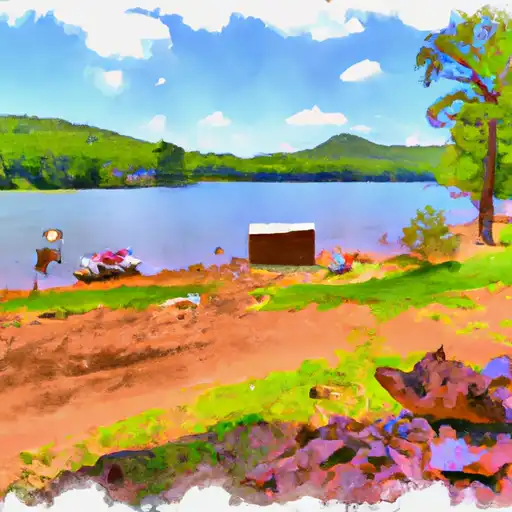 Cossatot Reefs - Gillham Lake
Cossatot Reefs - Gillham Lake
|
||
 Big Coon Creek - Gillham Lake
Big Coon Creek - Gillham Lake
|
||
 Little Coon Creek - Gillham Lake
Little Coon Creek - Gillham Lake
|

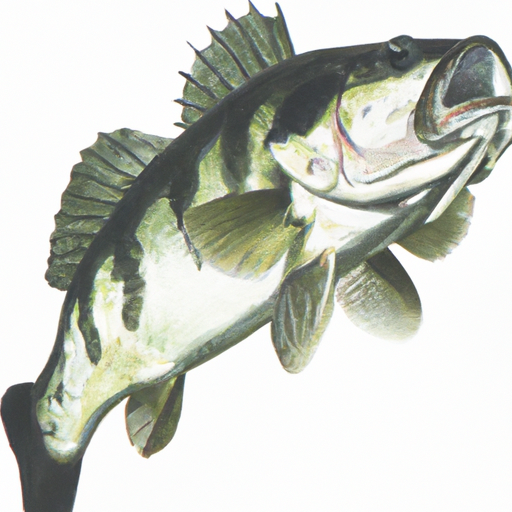 Largemouth Bass
Largemouth Bass
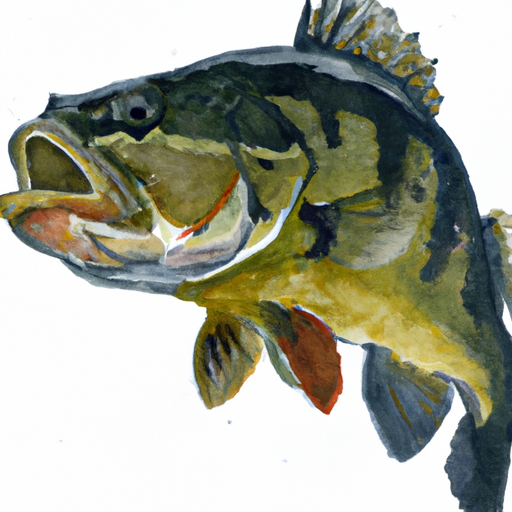 Smallmouth Bass
Smallmouth Bass
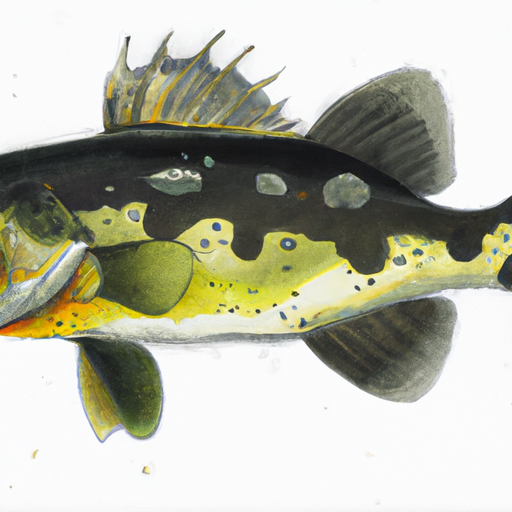 Spotted Bass
Spotted Bass
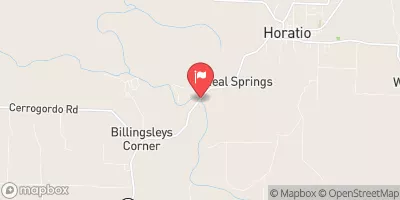
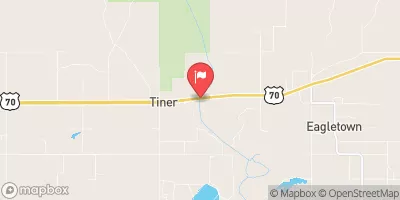
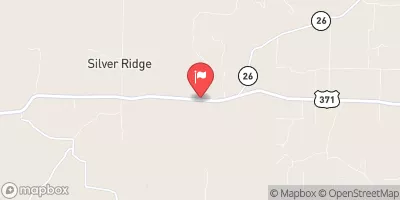
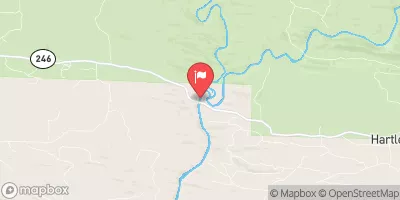
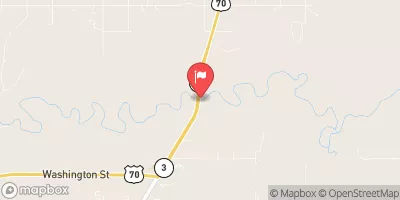
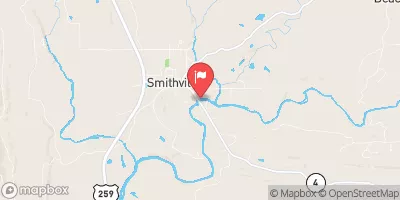
 Dequeen Dam
Dequeen Dam